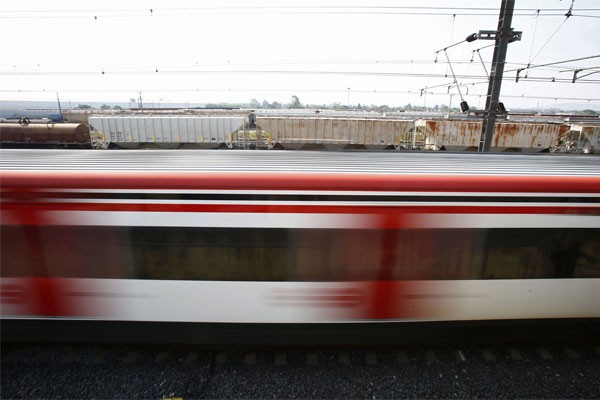Chinese Premier Li Keqiang’s South American tour has officially started as he arrived on Brazilian soil on Monday, May 17.
Aside from his staff and wife, Cheng Hong, Premier Li has also brought with him an array of billion-dollar trade deals, and most of all, a proposed agreement on the Cross-Andes Railway, which will connect Peru’s Pacific coast and Brazil’s Atlantic coast.
Premier Li's choice to begin his South American tour in Brazil, observers point out, not only reflects China's recognition of the region's strategic importance, but Brazil's standing as one of the fastest growing economies in the world.
The South American nation is part of the BRICS group, which also includes Russia, India, China and South Africa.
Brazil is currently the world's seventh largest economy, and China's largest trading partner in Latin America.
"Brazil, which makes up half of Latin America's economy, spearheads its relations with China among the Latin American region," said Wu Baiyi, director of Latin American Studies in the Chinese Academy of Social Sciences (CASS), to the Global Times.
"Both China and Brazil, part of the fast-growing BRICS group, have a common role in contributing to the world economy and politics," Wu added.
Business deals and improved bilateral trade relations aside, China's main focus is to develop the groundbreaking transcontinental railway with Brazil. The Cross-Andes Railway, once finished, is expect to boost regional trade.
"This will be the land route alternative to the Panama Canal, bridging Asia's fast-growing economy with the Latin American region, and also brings economic benefits to countries like Brazil and Peru along the railway network," shared Wu.
Since the end of 2014, China's direct investment in South America has amounted to $99 billion, according to Chinese government statistics.



























